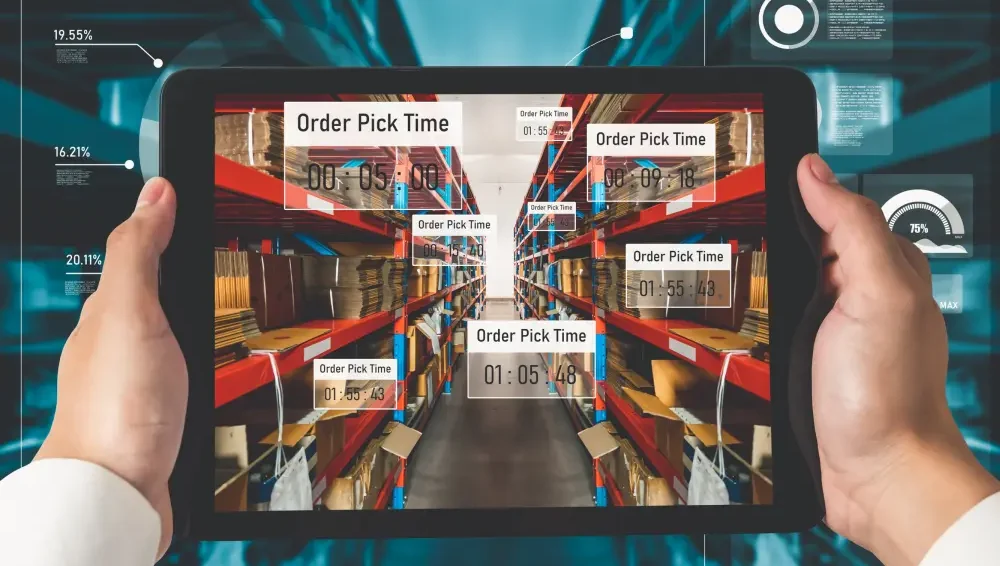Effective management of purchase orders is essential for maintaining a smooth and efficient supply chain. For many businesses, manual processes can lead to delays, errors, and strained relationships with suppliers. A Purchase Order Management Module helps automate and streamline the entire purchasing process, ensuring faster order processing, improved accuracy, and better supplier relationships. Here are five ways this module can boost efficiency and strengthen your connections with suppliers.
1. Faster Purchase Order Processing
One of the biggest challenges in procurement is the time it takes to create, approve, and send purchase orders manually. A Purchase Order Management Module significantly reduces the time needed for these steps by automating the process.
How it speeds up processing:
a) Automated templates: Pre-designed templates allow you to quickly generate purchase orders without manual formatting.
b) Auto-approvals: Set up automatic workflows that route purchase orders for approval, minimizing the back-and-forth between departments.
c) Instant delivery: Once approved, purchase orders are automatically sent to suppliers, reducing delays in communication.
With faster processing times, businesses can ensure that orders are fulfilled more quickly, helping to avoid supply chain disruptions and delays.
2. Improved Order Accuracy
Mistakes in purchase orders such as incorrect quantities or pricing can lead to misunderstandings and costly errors. A Purchase Order Management Module helps ensure that all orders are accurate before they’re sent to suppliers.
How automation improves accuracy:
a) Data integration: Automatically pull product details, quantities, and pricing from your inventory system, reducing the risk of manual input errors.
b) Error detection: The module can flag discrepancies or missing information in purchase orders, ensuring that mistakes are caught before the order is sent.
c) Consistent formatting: Standardized templates ensure that every purchase order is clear, professional, and follows the same format, reducing confusion for suppliers.
By reducing errors, businesses can avoid the costly delays and disputes that can arise from incorrect orders, fostering better supplier relationships.
3. Real-Time Tracking and Visibility
Keeping track of multiple purchase orders across different suppliers can be a challenge, especially if you’re relying on manual methods. A Purchase Order Management Module provides real-time tracking and visibility, so you always know the status of each order.
Benefits of real-time tracking:
a) Order status updates: Track the progress of each purchase order from creation to fulfillment, allowing you to monitor delays or issues in real time.
b) Centralized dashboard: View all your purchase orders in one place, making it easier to manage multiple suppliers and orders at once.
c) Supplier communication: Real-time tracking ensures that both you and your suppliers are on the same page, reducing the need for constant follow-up emails or calls.
With better visibility into your purchase orders, businesses can manage their supply chains more efficiently and respond to potential issues before they escalate.
4. Strengthened Supplier Relationships
Strong supplier relationships are key to ensuring timely deliveries and favorable terms for your business. A Purchase Order Management Module helps build trust and collaboration between businesses and suppliers by ensuring a more streamlined and transparent purchasing process.
How it improves supplier relationships:
a) On-time payments: Automating purchase orders often integrates with payment systems, ensuring that suppliers are paid on time, which strengthens trust and collaboration.
b) Clear communication: Automated systems reduce the chance of miscommunication, ensuring that suppliers receive accurate orders and real-time updates.
c) Order predictability: By managing orders more effectively, businesses can create more predictable purchasing patterns, making it easier for suppliers to plan their own inventory and logistics.
Better communication and reliability make suppliers more likely to prioritize your orders and provide favorable terms, helping to build long-term, mutually beneficial relationships.
5. Enhanced Reporting and Analytics
A Purchase Order Management Module not only helps streamline the order process but also provides in-depth reporting and analytics that allow businesses to make data-driven decisions.
Key benefits of reporting and analytics:
a) Track spending trends: Understand where your money is going and identify opportunities to negotiate better deals with suppliers or consolidate orders for savings.
b) Supplier performance: Track how well each supplier performs in terms of delivery times, order accuracy, and pricing consistency, allowing you to optimize your supplier network.
c) Cost control: Analyze your procurement data to identify areas where costs can be reduced or optimized, helping to improve your bottom line.
By using data to drive procurement decisions, businesses can improve efficiency, reduce costs, and optimize their supplier relationships over time.
Conclusion: Boosting Efficiency and Building Better Supplier Relationships
A Purchase Order Management Module is a powerful tool that helps businesses streamline their procurement processes, reduce errors, and improve supplier relationships. By automating key aspects of purchase order creation, tracking, and management, businesses can save time, enhance accuracy, and foster stronger partnerships with their suppliers. For any company looking to improve its supply chain efficiency and build better supplier relationships, investing in a Purchase Order Management Module is a smart move.



